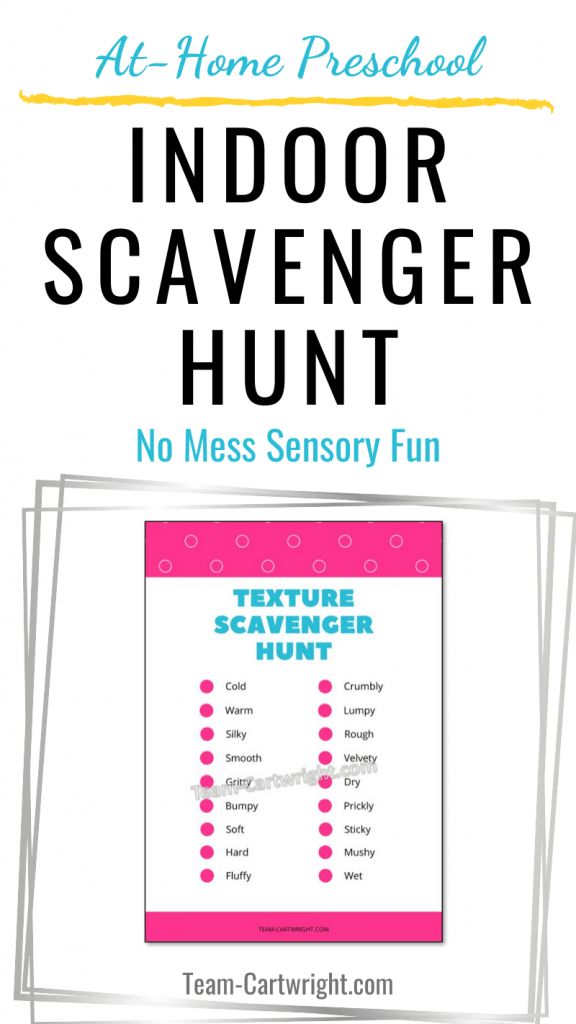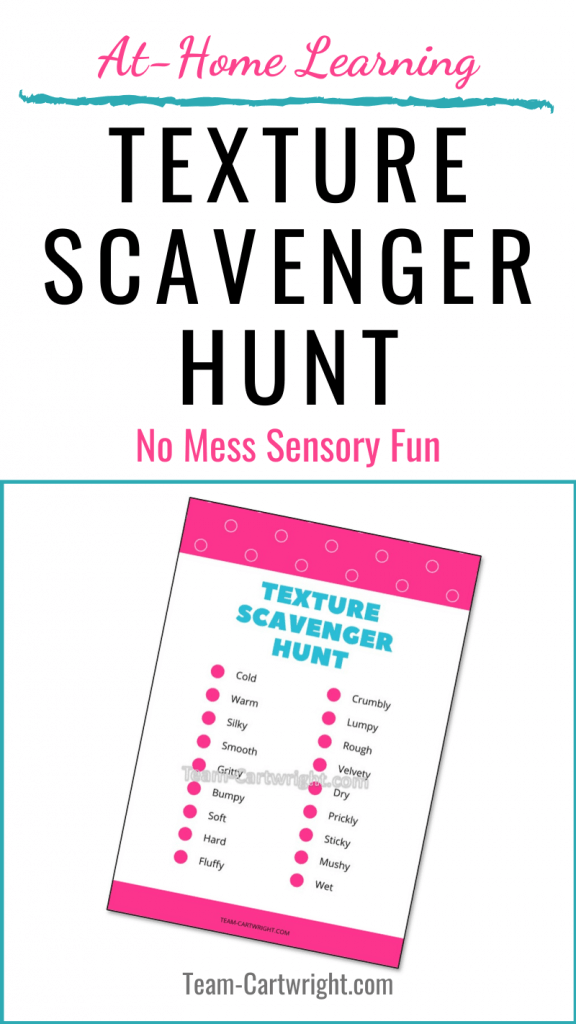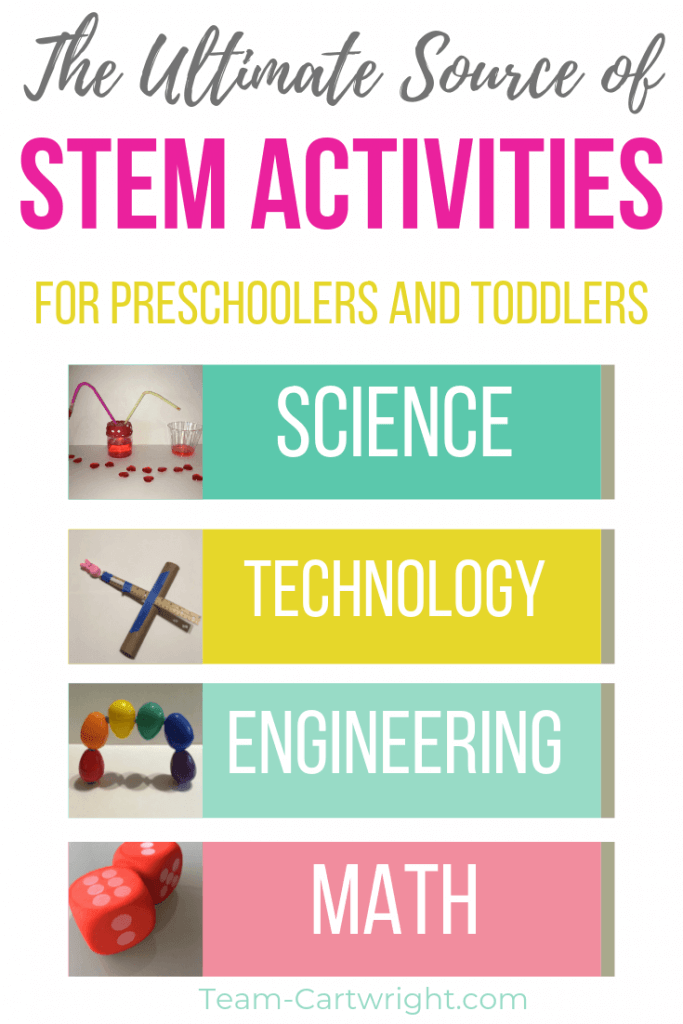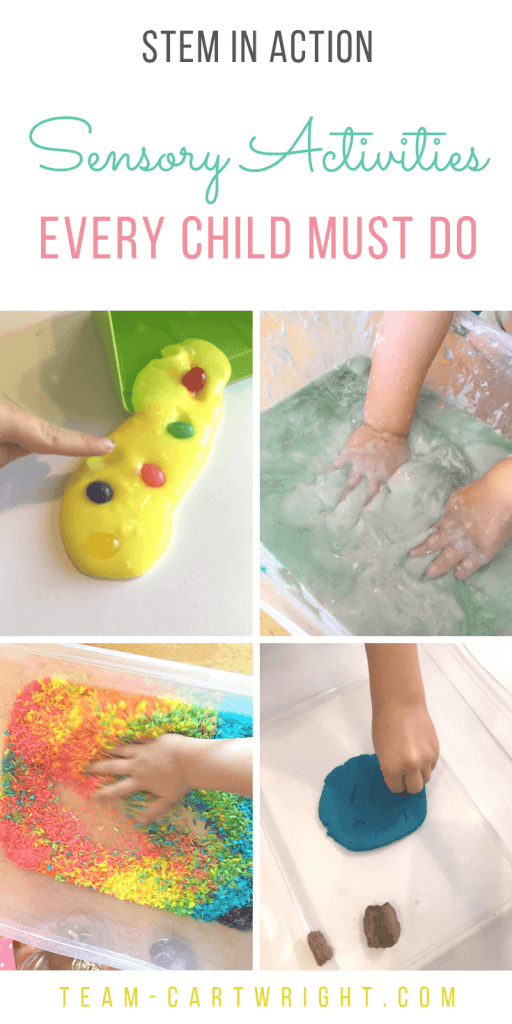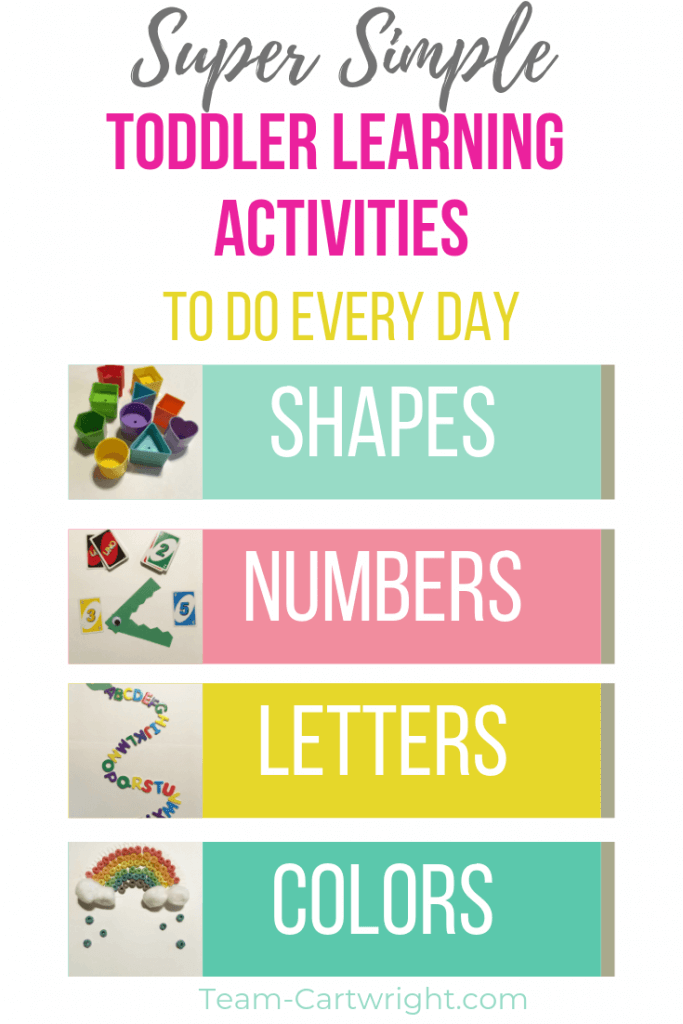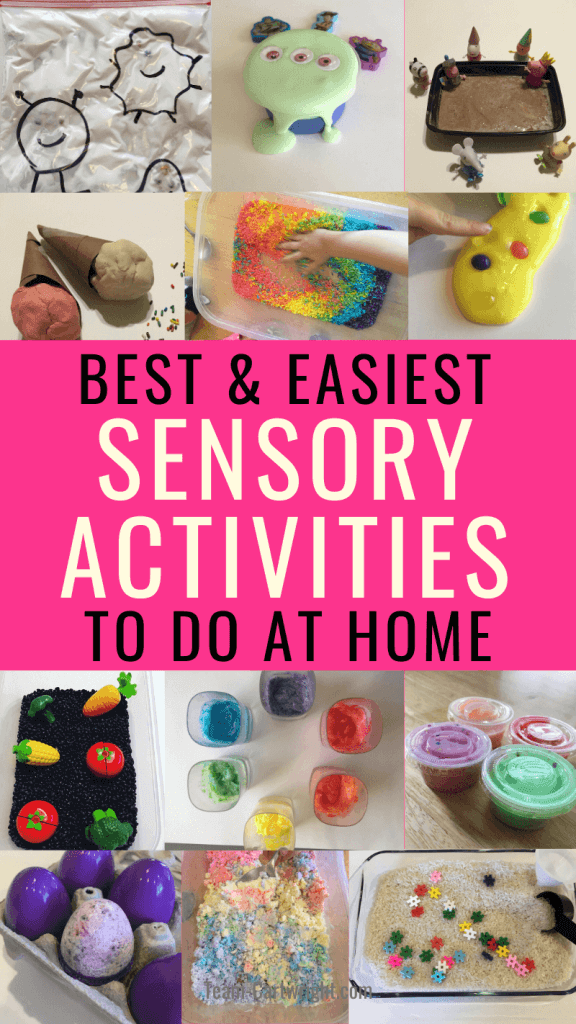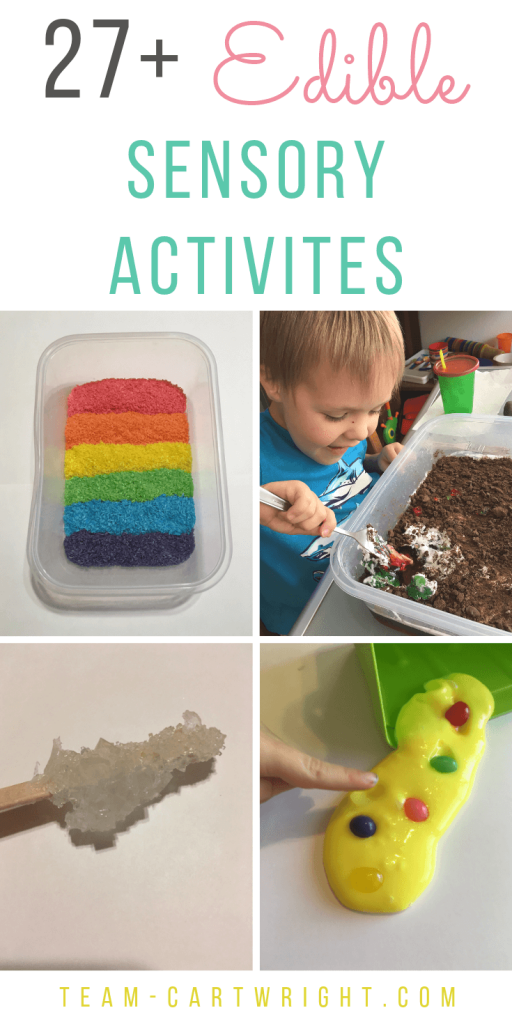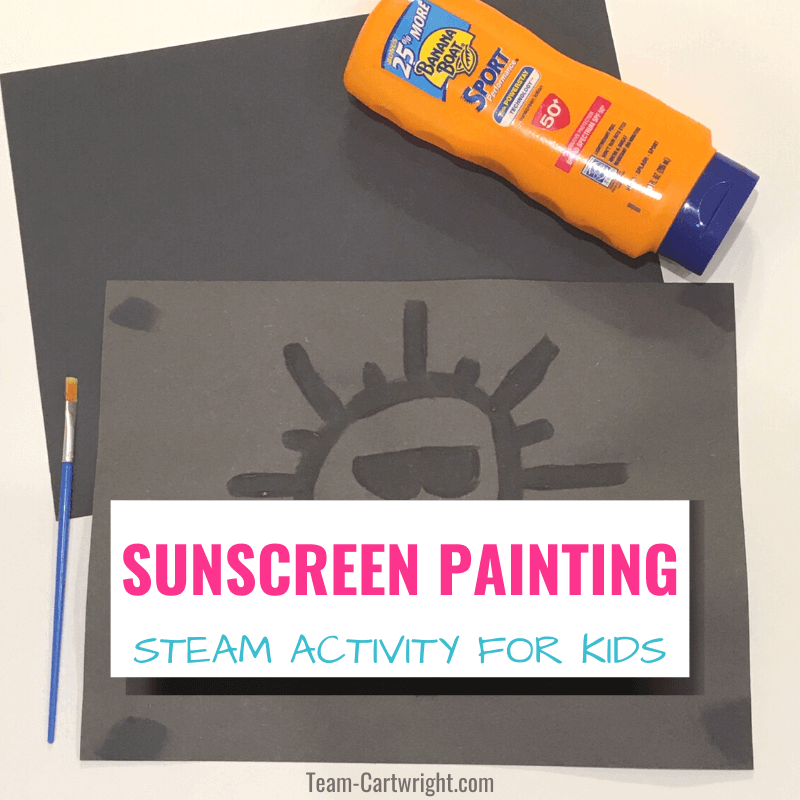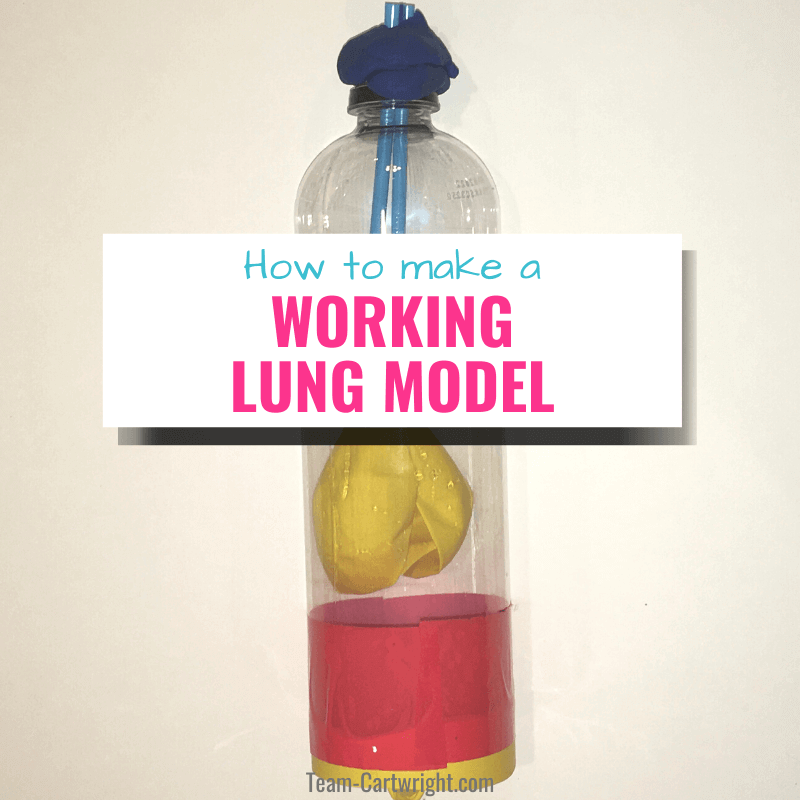Mess-Free Sensory Play Ideas
Sensory play. We all know that it is good for kids. And we know that kids just love it. Seems like sensory activities are a win-win for parents and kids.
But there is one thing that holds a lot of parents back. The mess.
As much as I want activities that are good for my kids that will keep them busy and happy for hours, sometimes I just can’t face the potential mess of a sensory project. I don’t want to clean up shaving cream or sweep up rice for days. Just no.
I don’t think I’m alone in this. But fortunately, there are ways to create fun sensory activities without making a mess. Oh yes, it’s true. You can have sensory fun without a major clean up session after.
Here are real mess-free sensory activities for kids.
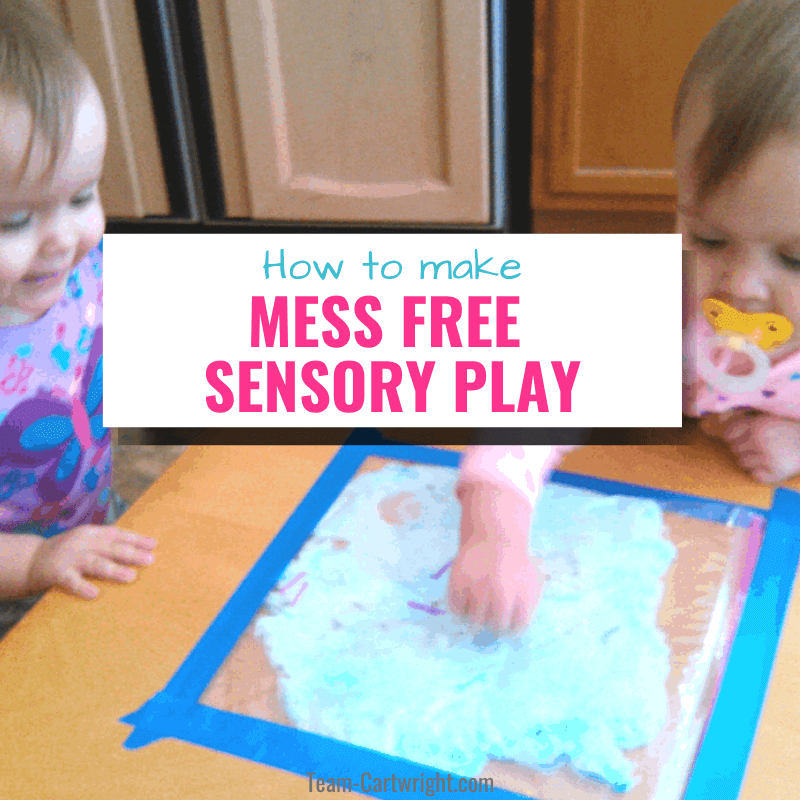
What's In This Post?
Mess-Free Sensory Play
Benefits of Sensory Play
Sensory play is so important for kids. If you want to know why it is so important, check out this post: The Big Benefits of Sensory Play.
But if you want the short version here it is.
Sensory play boosts the following:
- Brain Development
- Language Skills
- Calming Skills
- Memory Development
- Gross Motor Skills
- Fine Motor Skills
- Observation Skills
Sensory activities are great for exposure to textures, sounds, tastes, sights, or basically anything else that can be challenging for children sensitive to such stimuli.
The big benefits for parents are that these activities are usually screen-free. They can be done quite cheaply. And they tend to keep kids busy for a long time. (Don’t judge me, that matters.)
Mess Free Sensory Activities For Kids
So now we know why sensory play is so important. Let’s get to the actual mess-free activities.
Touch
Kids love to touch stuff! That’s what makes sensory bins such a hit. But the sand, rice, or bubbles that can fill those bins can be tough to clean up.
Don’t worry. Remember, you can touch things without making a mess. So touch stuff.
Hard or Soft
Find items in your home to compare hard and soft. Think pillows compared to a table. What do the hard items feel like? What do the soft feel like?
Smooth or Rough
Compare objects that are smooth, like a counter surface, to those that are rough, like grout. What is different? What does your child notice as they touch each?
Bumpy or Flat
Do you have anything in your home that is bumpy? How does it compare to things that are flat?
Closet Raid
A great way to explore different textures is to take your child into your closet. Clothes and shoes come in all kinds of textures. Let your child feel all the different types of items you have.
Think about how different a wool sweater feels from a silk scarf. Which fabrics feel nice to your child? Which do they not like?
Texture Walk
Take a walk and explore the textures around your home. How does the sidewalk feel? The grass? A tree? Encourage your child to touch anything that is safe touch and tell you how it feels.
You can turn your texture walk into a game with this fun Texture Scavenger Hunt! Grab your copy by clicking here.
Sound
Kids can be loud, but sound is a great way to explore the sensory world. What we hear, volume, types of sounds, music. It’s all an important exploration.
Loud and Quiet
Give your kids permission to be loud for a bit. Then have them be very quiet. The key here is to do both so they can really experience the difference. How would they describe the two?
Sound Walk
Take a sound walk either inside or outside your home. What do you hear?
On inside walks do you hear the dishwasher running? Maybe the heat turning on or the air conditioner running?
What can you hear outside your home? Are there birds or dogs making sounds? Maybe water running nearby? Traffic?
Add an extra element by letting them take a pencil or small stick and tap on various objects. Do you hear echoing sounds? Perhaps a dull thud?
Make an Echo
It is really easy to make an echo for your child to hear. One way is to just go to your bathroom. The acoustics of the tile is amazing. (My fellow shower singers already know this.)
You can also set up an echo at home with a cake pan and paper towel tubes. I go into detail in this post all about how we hear sounds: Sound Science for Kids.
The short version is to point a paper towel tube at an angle towards the pan, which you place on a table on its side. Talk into the tube and you will hear the echo bounce back at you!
Smell
Smelling is easy to incorporate into daily life. Any time you cook you are creating scents. Household items like lotions, shampoos, cleansers, all have distinct smells. All you have to do is draw your child’s attention to them.
Scents are closely tied to memories and emotions. So ask your child how different smells make them feel. Citrus is often energizing, for example, while lavender is soothing. Cooking smells make people hungry, while the scent of detergent or perfume can make you reminisce about childhood. How do the smells make your child feel?
How To Smell
It is important to teach your child the proper way to smell something. Yes, that sounds crazy. But if you have ever smelled something and felt a burning sensation or teared up, as a result, you know that smells can be powerful. You are taking molecules into your body through your nose, so it is worthwhile to learn the safe way to do it.
The best way to smell a new scent or any powerful smell is to hold the item about 8 to 10 inches from your face. Use your hand to gently waft the scent towards your nose. (Yes, I am completely serious. We had to learn this technique as chemistry majors in college.)
After a few wafts if you cannot smell anything you can move the item closer to your face and try again. If you are familiar with an item, like your daily shampoo, this process might not be necessary. But it is a good idea to remember safety.
Smell Walk
This is just like our sound walk. Take a walk outside and try to notice what you smell. Are there flowers? Any grass cut recently? Try smelling a rock or plant.
Just be aware of the scents around you.
Cooking
We all know cooking releases all kinds of scents. So as you cook, invite your child to come over and smell the different components of the meal. Can they identify a yeasty smell when you bake bread? How about when meat cooks? Sniff the fruits and veggies.
You don’t even have to prepare food. Open up your spice cabinet and see how the different spices smell. (This is the perfect time to use proper sniffing techniques! Do not let your child take a deep sniff of spicy things like pepper or chili powder!)
Check the Bathrooms
No, I’m not saying be gross. (Although little ones find flatulence hilarious, so it could work as a scent exercise.) Most soaps, lotions, and makeups have scents.
Pull out your soap, shampoo, conditioner, shaving cream, anything in the bathrooms. How do they smell? What do those smells make your child think of?
More Must Try Activities Kids Love
Taste
Taste is another sense that can be a lot of fun but needs to be done safely. Make sure your child knows that they should only taste the things you tell them to. And be aware of any potential allergies, especially if you are doing this with young children.
Kitchen Taste Test
Let’s be real, the kitchen is the place to go for taste sensory activities. Yes, the world is full of flavors, but safety says we should only taste food-safe items.
So head to the kitchen and taste things. Let your kids have nibbles while you are cooking. (This is super helpful for veggies. Let them think they are sneaking a taste and they might be more likely to eat them!) Invite them to try things they normally say no to. The key here is to be pressure-free. There is no punishment for not liking or eating an item, just try it.
Meal Time Talk
We eat three meals a day, so you have a lot of opportunities to talk about taste.
At your meals take the time to talk about what you are tasting. Is it salty? Sweet? Bitter? Is there a savory component? What about an acidic or citrus note?
Taste can go beyond just the flavor. What is the texture of the food? Crunchy, smooth, mushy, firm, crisp. What do you taste
This is an amazing way to boost vocabulary too.
Spice Time
Not into cooking? Just hit the spice cabinet. Pull out spices and try them. (Remember safety and be careful with spicy or strong tastes.)
This can be fun for kids. Compare granulated sugar and salt. They look the same but taste very different. How does brown sugar differ from powdered sugar? Does garlic powder taste good? You can even try a guessing game where you put several spices on a plate and see if your child can identify them.
Picky Eating and Tasting
Tasting things can be scary. When you taste you are putting something in your mouth and taking it into your body. That requires trust. This means you will need patience for taste activities.
These activities can be great for picky eaters because there is nor pressure. A tiny taste can be easier to manage when not tied to a meal. So try to keep these tastings purely informational and fun. No negative consequences if they don’t want to taste, lots of praise if they do.
(Learn more about how we handled our extremely picky eater here: The Picky Eating Chronicles.)
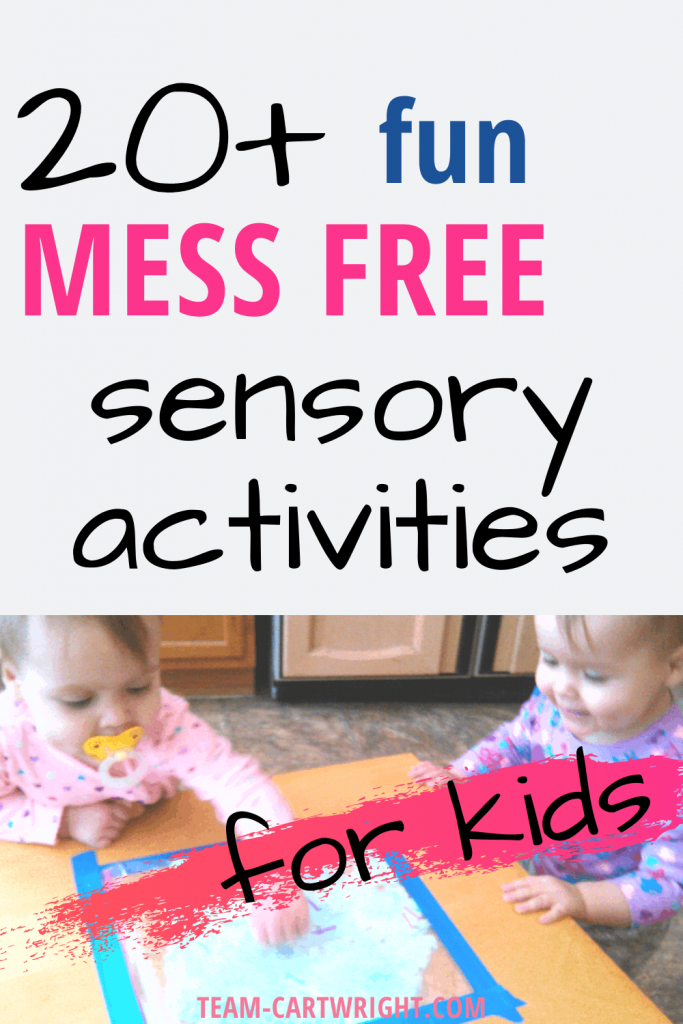
Sight
Sight is a sensory activity I think we take for granted. Of course we see things, how is this a sensory activity?
The key is drawing attention to the details and really noticing what your eyes are doing.
Color
Kids love colors, so take some time to focus on that. You don’t need to do an activity, just look around and comment on the colors you see.
What color is your couch? Your walls? Take the time to really observe your home.
You can also use art to work on color. What colors do you see when you paint? How do they compare?
Coloring, painting, color sorting. These are all sight sensory activities.
(Learn more about the science of colors and color mixing: Color STEM Activities for Kids.)
Texture
You can utilize texture for more than just touch. How do different textures look? Compare smooth and bumpy materials. How do they look different?
What about flat and porous materials? Do they look different? Take a look around your home and see how different materials vary.
Light and Dark and Shadows
Compare how things look in the light and in the dark. Is it easier or harder to see things in a darkened room? How does the light from the sun change on cloudy days?
What about shadows? How do they change as the day progresses? How do shadows give us a hint as to the relative size and location of objects?
The key is to just talk about what you see.
More Must Read Sensory Play Posts
Handling Messy Sensory Activities
We have gone over a lot of ways to include sensory perceptions into daily life. But I know as a mom I want to give my kids the full sensory bin experience, even if I hate the mess.
Don’t worry, there are things you can do to control and minimize the messy part of sensory play while still giving your kids the full experience.
How To Minimize Sensory Play Mess
- Take the sensory play outside. It can’t mess up your house if it isn’t in your house.
- Put a blanket or sheet under the play. You can take the sheet and dump any mess into the garbage while keeping your floors clean.
- Use a fitted sheet to make a sensory zone. Take a fitted sheet and put a chair or box in each corner to help it hold the shape. The sensory materials can’t fall out of the zone.
- Move it to the bathtub. Do your sensory play in the tub. Shaving cream and soap bubbles can go down the drain, so can a lot of watercolors. So the activity in the tub and just rinse it out.
- More bathtub tips. Tubs are smooth and easier to clean. Close the drain, cover with foil for added protection, and add your sensory material. After the play you can scoop it out to clean, but the fun is still contained.
- Try a kiddie pool. A kiddie pool is another great way to contain play. Either outside or in the house, it is a large area that is relatively inexpensive that works to keep messes off your floor.
- Remember secondary containment. However you are doing sensory play, make sure you have secondary containment. That means a larger container that can hold the materials if a smaller container makes a mess. Have a bin of beans? Keep it in a larger tub to minimize the mess. (Your kids will figure out how to play with it, don’t worry.)
- Use large items. You can have fun sensory play with large items that are easy to pick up. Fill a bin with balls or small stuffies. Have mega bloks? Use those. Large items can still be fun and make less of a mess.
- Embrace water play. Water can make a mess, but it’s water. Use bathtime for sensory play. Fill the sink with some water. Play with water outside. There is so much you can do with water, and you just need towels to clean it up.
- Enclose the mess. If you can’t clean up the mess, you can try to enclose it so it doesn’t touch anything else. For example, use a ziplock baggie to squish shaving cream around. The mess stays in the bag and you can toss it when you are done.
- Bring the activity to the floor. Sensory bins don’t have to be done on a table. Neither does play-doh. Doing the activity on the floor limits how far it can scatter if spilled. Set up an old sheet or towel and let your child sit down on the floor to make their mess.
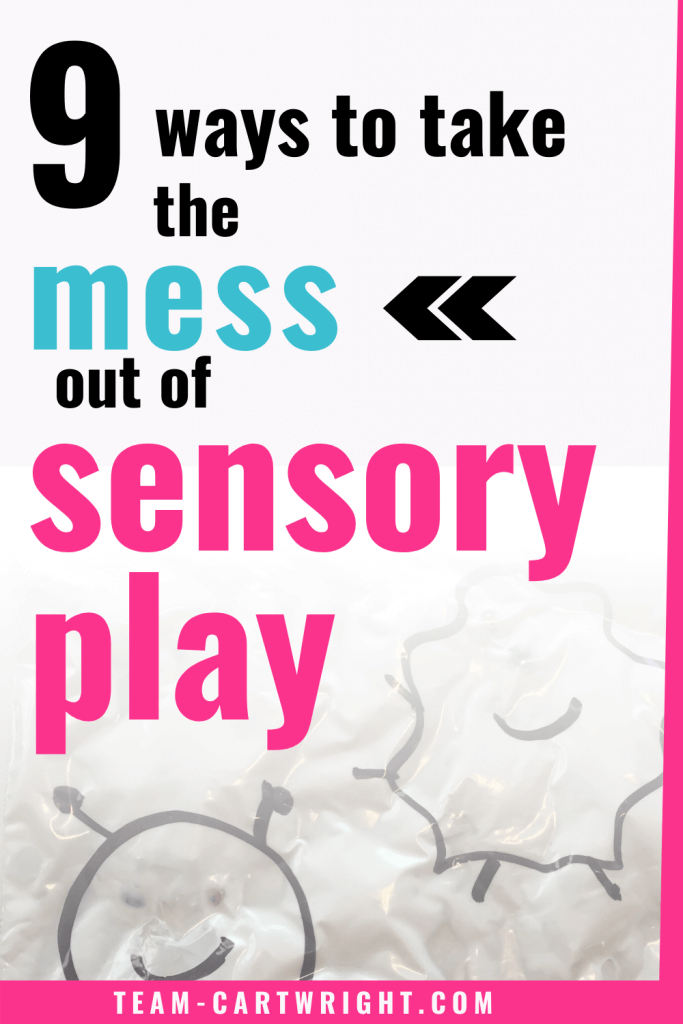
Clean Sensory Play
Sensory play matters, but it can be the easiest play you give your children. All you have to do is encourage them to notice what their body is experiencing. So it is easy to take away the mess factor.
Do what you are comfortable with. There are so many ways to embrace sensory life without a mess, so go for it.

